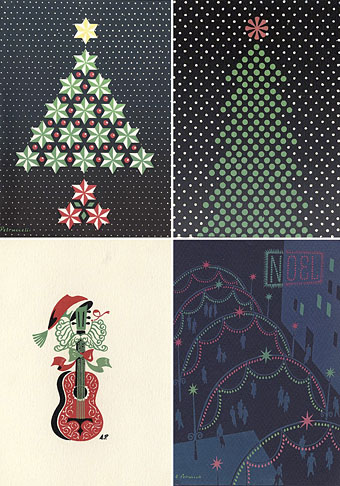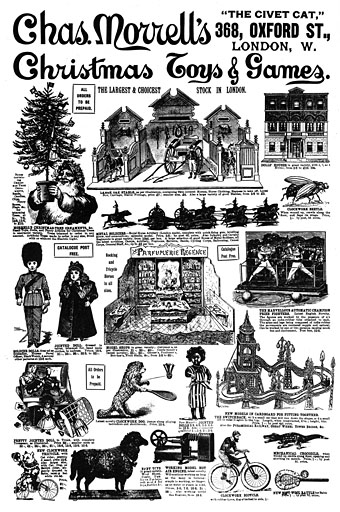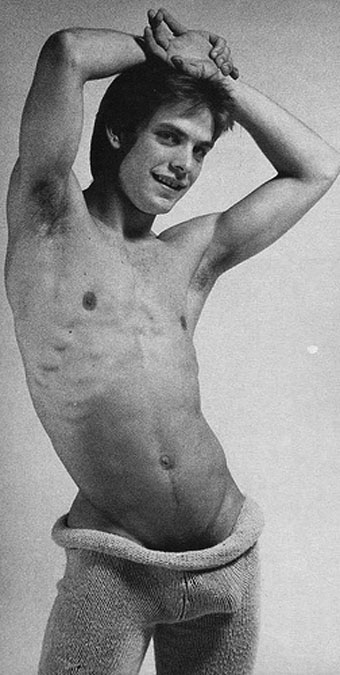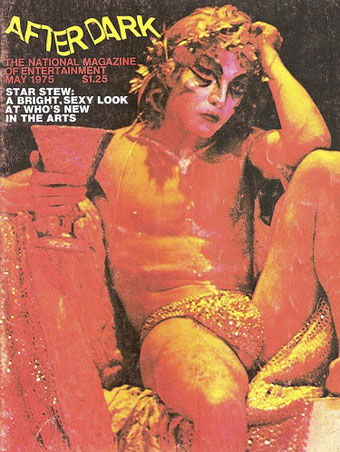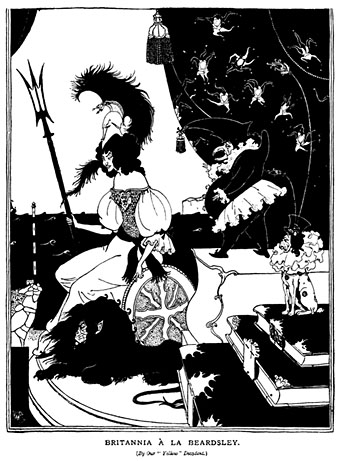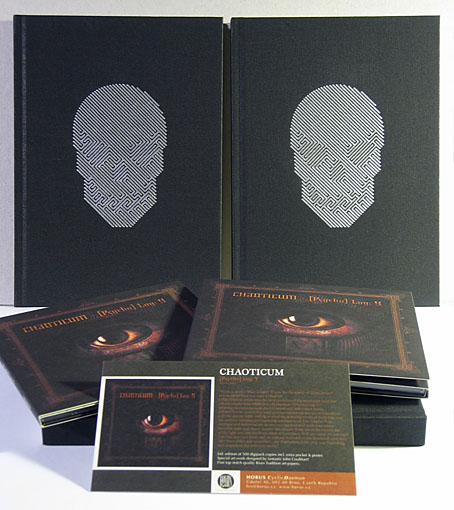
It’s always nice when something you’ve worked on turns up in the post and there’s been a double helping of that this week with the arrival of the Chaoticum CD and the catalogue for the Maison D’Ailleurs exhibition. Since both of these are either partly or wholly connected to HP Lovecraft, their simultaneous arrival is fitting.
The CD is a digipak on textured art paper and another quality production from Horus CyclicDaemon. The exhibition catalogue manifested as a small hardback book which was a pleasant surprise, with the skull maze design blocked in silver on the cover. Each artist is allotted a single page and the book also includes some original fiction based on Lovecraft’s story notes by a number of well-known writers. My picture is rather shrunken the way it’s positioned across the centre of a page (would have been better running vertically) but then it was my decision to make it so wide in the first place.
The Chaoticum CD is limited to 500 copies and can be ordered here. The catalogue is available from Maison D’Ailleurs or the Payot Libraire bookstore for CHF 37.00 + p&p (or 38, depending on which page you look at).

Also arriving this week is my illustration of ex-Sun City Girls guitarist Sir Richard Bishop for an Arthur Magazine interview by Erik Davis. Arthur #27 will be hitting the stands in the US and Canada shortly but for now you can download it in PDF form here.
Previously on { feuilleton }
• Lovecraftian horror at Maison d’Ailleurs
• New things for October

